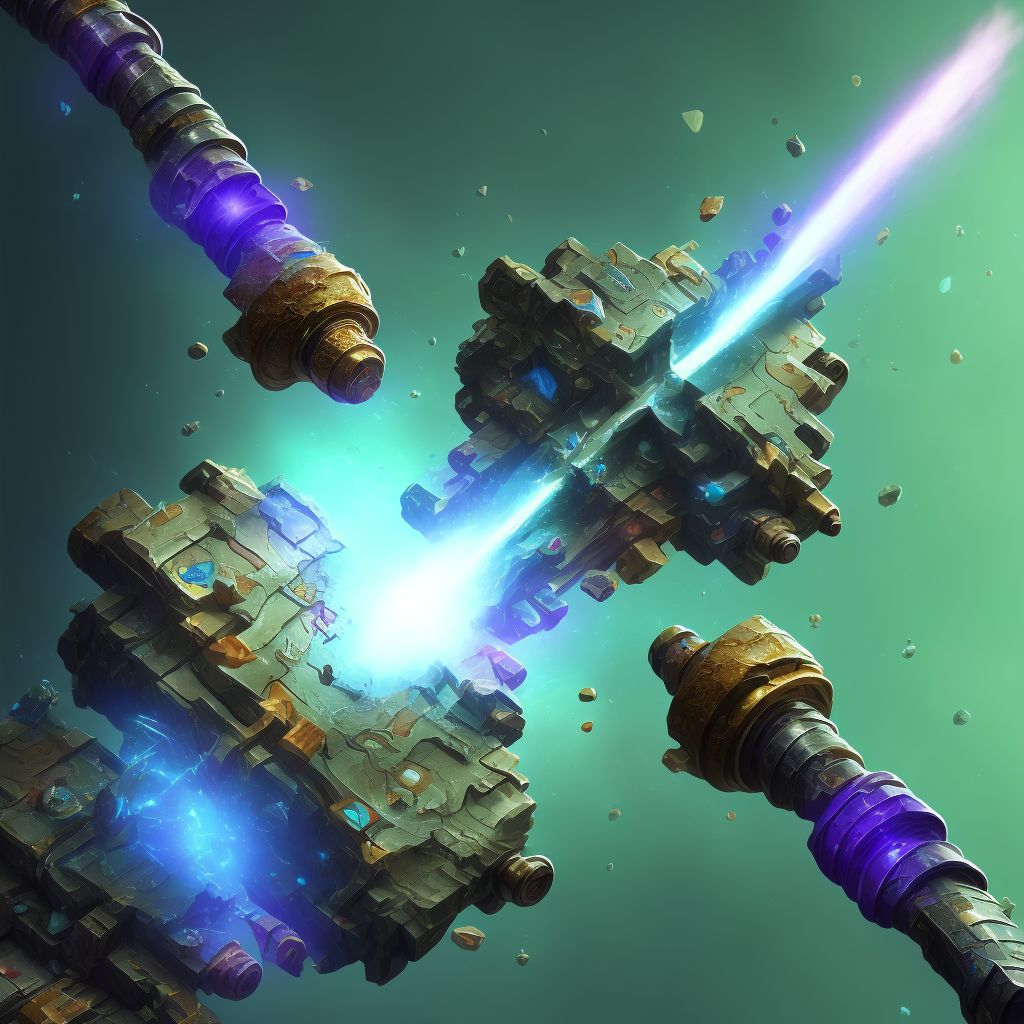
Displaced transverse fracture of shaft of left fibula, subsequent encounter for closed fracture with delayed healing Save
ICD-10 code: S82.422G
Disease category: S82.422: Displaced transverse fracture of shaft of left fibula
Displaced Transverse Fracture of Shaft of Left Fibula: Subsequent Encounter for Closed Fracture with Delayed Healing
A displaced transverse fracture of the shaft of the left fibula refers to a specific type of fracture where the bone breaks across its width and shifts out of its normal position. This injury often requires medical attention and can result in delayed healing, requiring subsequent encounters for treatment. In this article, we will discuss the condition and its implications.
When a displaced transverse fracture of the shaft of the left fibula occurs, the bone is fractured in a horizontal manner, causing the broken ends to misalign. This can be due to a high-impact injury, such as a sports-related incident or a fall. Immediate medical attention is crucial to assess the severity of the fracture and to initiate appropriate treatment.
One possible complication associated with this type of fracture is delayed healing. Delayed healing refers to a situation where the bone takes longer than usual to heal. Factors such as the severity of the fracture, poor blood supply to the area, or inadequate immobilization can contribute to this delayed healing process.
During subsequent encounters for closed fracture with delayed healing, healthcare professionals focus on monitoring the progress of healing. They may use diagnostic imaging techniques, such as X-rays, to assess the alignment and stability of the bone. Additionally, they may evaluate the patient's pain levels, range of motion, and any other symptoms that may indicate the need for further intervention.
- Regular follow-up appointments are crucial to track the healing progress and make any necessary adjustments to the treatment plan.
- Patients may be advised to avoid weight-bearing activities or use assistive devices like crutches to minimize stress on the affected leg.
- Physical therapy might be recommended to improve range of motion and strengthen the surrounding muscles, promoting better healing.
It is important to note that this article does not provide specific treatment advice. Treatment recommendations should be sought from a qualified healthcare professional who can assess the individual's unique condition and develop an appropriate plan of care.
In conclusion, a displaced transverse fracture of the shaft of the left fibula can lead to subsequent encounters for closed fracture with delayed healing. Regular monitoring and appropriate interventions can help promote healing and restore functionality. If you suspect you have this condition, consult a healthcare professional for an accurate diagnosis and personalized treatment plan.
Treatment of Displaced transverse fracture of shaft of left fibula, subsequent encounter for closed fracture with delayed healing:
Treatment Options for Displaced Transverse Fracture of Shaft of Left Fibula, Subsequent Encounter for Closed Fracture with Delayed Healing
A displaced transverse fracture of the shaft of the left fibula can be a painful condition that requires proper treatment to ensure proper healing and restore normal function. In cases where there is delayed healing, it becomes essential to expl...
To see full information about treatment please Sign up or Log in